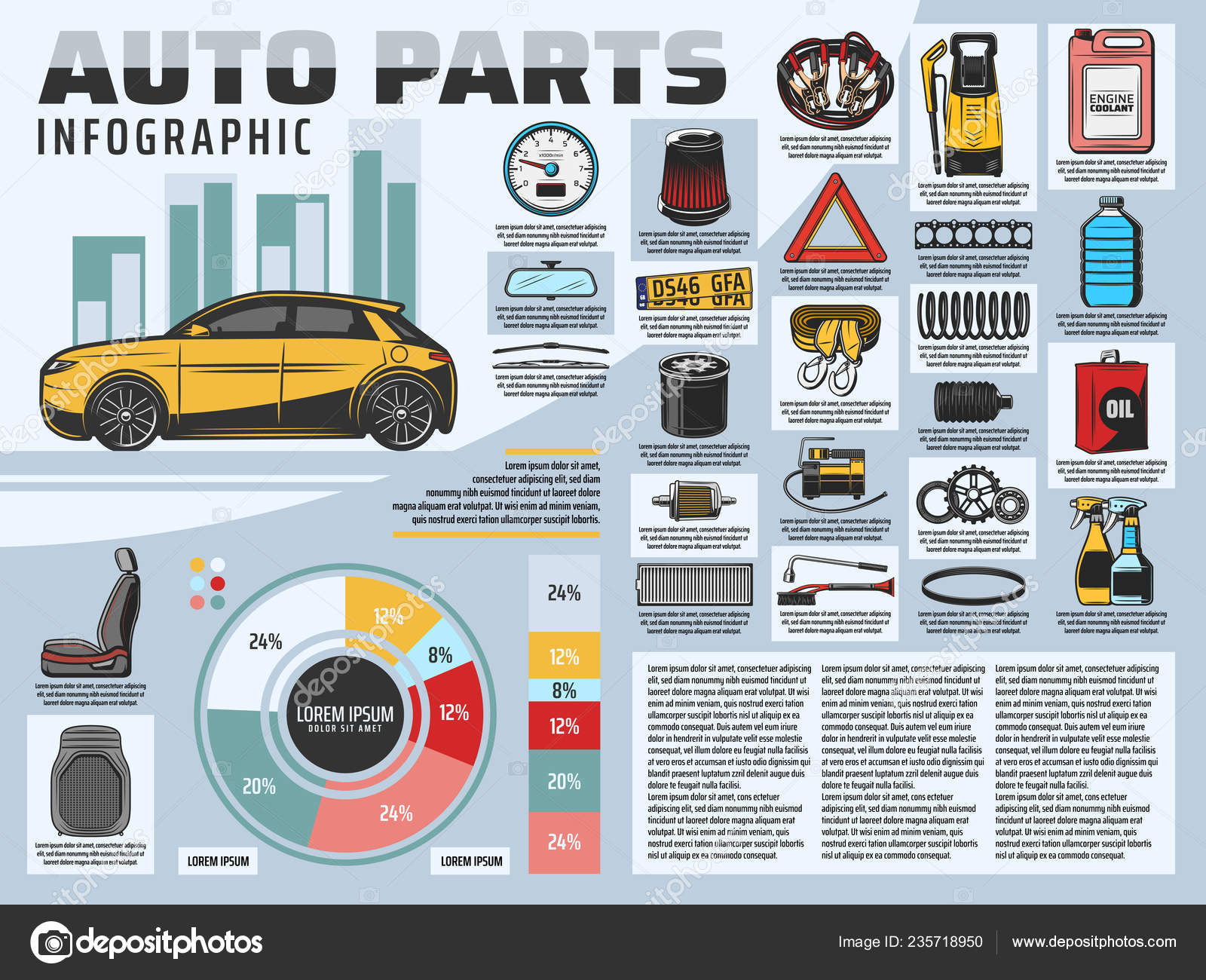Deciphering Your Automobile'S Caution Indicators: What They Genuinely Signify
Deciphering Your Automobile'S Caution Indicators: What They Genuinely Signify
Blog Article
Authored By-Lim Stark
When you lag the wheel, those beautiful caution lights on your control panel can be a bit perplexing. Do you know what they're attempting to tell you concerning your cars and truck's health? Recognizing the relevance of these lights is important for your security and the long life of your lorry. So, the following time one of those lights pops up, wouldn't you want to analyze its message accurately and take the required actions to resolve it?
Common Caution Lights and Interpretations
Determine common caution lights in your automobile and comprehend their significances to make certain safe driving.
The most typical caution lights include the check engine light, which indicates problems with the engine or exhausts system. If this light begins, it's vital to have your lorry inspected without delay.
The oil pressure cautioning light suggests reduced oil stress, needing prompt attention to prevent engine damage.
engine steam clean blinking battery light might recommend a faulty billing system, potentially leaving you stranded otherwise attended to.
https://martinvrkey.dsiblogger.com/63125354/are-you-pondering-the-relevance-of-auto-outlining-in-relation-to-your-auto-s-resale-worth monitoring system (TPMS) light notifies you to reduced tire pressure, affecting automobile security and gas efficiency. Ignoring this can result in hazardous driving problems.
The ABS light suggests an issue with the anti-lock braking system, endangering your ability to stop swiftly in emergency situations.
Finally, a & m detailing advising light warns of engine overheating, which can result in serious damages if not dealt with promptly.
Understanding these common caution lights will certainly help you resolve issues immediately and keep secure driving conditions.
Relevance of Prompt Focus
Comprehending the typical warning lights in your vehicle is just the primary step; the relevance of immediately addressing these warnings can not be emphasized sufficient to ensure your security on the road.
When linked web page brightens on your control panel, it's your automobile's means of communicating a potential concern that needs attention. Ignoring these cautions can lead to much more severe problems in the future, endangering your security and potentially costing you extra out of commission.
Trigger attention to cautioning lights can prevent break downs and crashes. For example, a flashing check engine light could suggest a misfire that, if left ignored, might create damages to the catalytic converter. Resolving this quickly can conserve you from a costly repair work.
Similarly, a brake system warning light could signify reduced brake liquid or used brake pads, critical components for your safety and security when driving.
Do It Yourself Troubleshooting Tips
If you see a caution light on your dashboard, there are a few DIY fixing tips you can try prior to looking for professional help.
The very first step is to consult your vehicle's handbook to recognize what the particular warning light suggests. Sometimes the problem can be as simple as a loosened gas cap activating the check engine light. Tightening up the gas cap might settle the problem.
One more common problem is a reduced battery, which can trigger different cautioning lights. Examining the battery connections for rust and guaranteeing they're safe and secure might repair the issue.
If a warning light lingers, you can try resetting it by disconnecting the auto's battery for a couple of minutes and then reconnecting it. In addition, examining your vehicle's fluid degrees, such as oil, coolant, and brake fluid, can help repair cautioning lights associated with these systems.
Final thought
To conclude, understanding your auto's warning lights is important for maintaining your vehicle running efficiently and safely. By without delay addressing these alerts and knowing what they imply, you can avoid expensive repair services and prospective break downs.
Keep in mind to consult your car's guidebook for specific information on each cautioning light and take action appropriately to make sure a trouble-free driving experience.
Keep notified, remain secure when driving!
